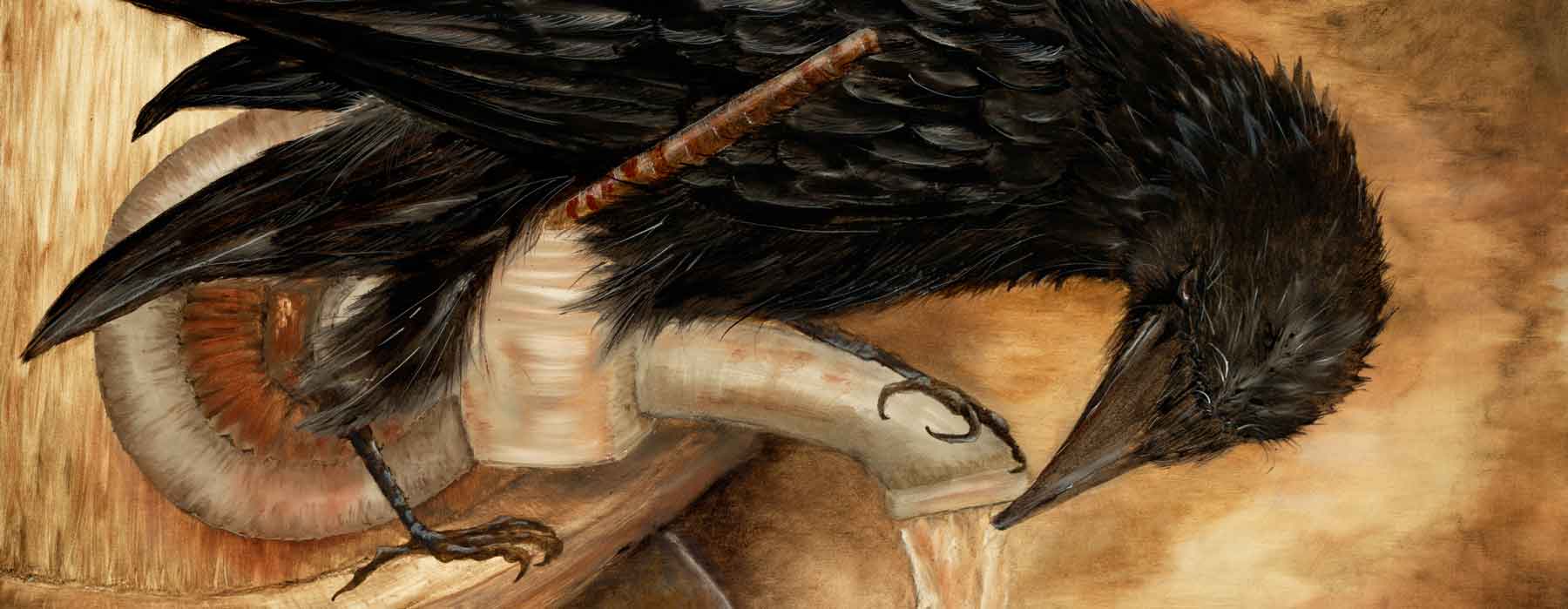Both of our horses foundered recently and I’m not sure what caused it. I suspect there was a large fruit drop from the persimmon and plum trees after the big flood in June.
The problems caused by eating something like that don’t show up in the hooves for several weeks after the incident, so it’s difficult to track the cause sometimes.
One has recovered for the most part but is still a little tender, the mare is taking longer. She has a lot of separation on one of her back hooves and I believe this is causing her a great deal of pain.
The trimmer came out Saturday and he didn’t see anything other than that. We don’t have a trailer and live more than an hour away from the vet, so I generally treat our animal illnesses and injuries myself.
They’ve both done this before in the past, but then it was a result from getting into a neighbor’s deer feeder, and it was a lot more severe then than it is this time around.
Once the mare (Shasta) had a very negative reaction to the BOSS (black oil sunflower seeds) I’d supplemented their diets with, and she was scary bad off during that incident. So bad that she was down and refused to get on her feet. I bathed her hooves and treated them with turmeric (painted it onto her hooves and by adding it to her feed) while she was down and in a couple of days she was back up and wishing she could get out of her stall.
This morning I made an herbal hoof poultice for Shasta. I’m also giving her turmeric and cardamom in her feed to help with inflammation.

First I picked and scraped debris from the separated area, scrubbed her hoof with pine sol and water. Then I put a double-layered ziploc over her hoof. Inside the gallon plastic ziploc bag is a mixture of ground turmeric, ground cardamom, sesame seed oil, and olive oil.
I put a layer of old blue jean directly beneath her hoof and covered it all with a scrap of fabric I had leftover in my sewing box. Attached it with freezer tape. I’ll take it off in the morning. The tape isn’t tight, so it shouldn’t cause circulation problems.
Both the turmeric and cardamom are good for inflammation. The sesame seed oil has antibacterial properties and will also draw out infection, but it is also a good medium for the turmeric and cardamom. Both of those herbs have compounds that are oil soluble but not water soluble, and those are the compounds I want to be absorbed by the hoof. The olive oil is to extend the oil because I didn’t have a lot of sesame.
It also has a small amount of copper sulfate solution in it. The copper sulfate will kill fungus and harden the sole of her hoof. Once I’m certain there’s no abscess that needs to come out, I’ll use comfrey in the poultice. Comfrey will cause the cells inside to heal faster, stitching the hoof wall to the hoof. But this is not good to do where there is abscess because then the abscess has nowhere to go and just festers longer. I’m not sure the copper sulfate was a good idea, but I didn’t think about it until too late. It may cause more difficulty drawing the abscess if the hoof sole was where it is trying to exit.
I’ll let you know if there’s noticeable improvement in the morning. She’s not putting weight on it at all today. I have bute on hand to give if I need to, but if I do that then she’ll put weight on it because the pain will be less and I’d rather her stay off of it today, at least.

When there’s a long wet spell, I sometimes add a teaspoon of copper sulfate each week to their feed. This keeps them from getting thrush. When the black of their colors start looking reddish, I also do the same because animals with black hair seem to need more copper in their diets.
I learned this use of copper sulfate from a book written by an herbalist who studied with gypsies and other knowledgeable people all over Europe, Juliette de Baïracli Levy.
My copy was lost somewhere between moves from Louisiana to up here, but I just bought another used copy. The author died in 2009 and the book’s been out of print for a long time so you’ll have to find a used copy if you want to get one too. Amazon has some listed. She wrote many books on how to use common herbs for medicines.
Update 11/23/15: Its been five months and the horses are both good, their hooves are healed and they are not deformed. The trimmer said that Comanche has the kind of hooves where he could live without a human if he had to. Shasta’s needs more intervention. But I am convinced the turmeric, sesame, and cardamom are critical to this success. It takes just as long or longer to fully heal from laminitis/founder as it does for it to show up. Imagine growing out your fingernail after it was almost lifted from the nailbed. It would take many months for the injured part to grow out, and so that’s how it works with their hooves too.
